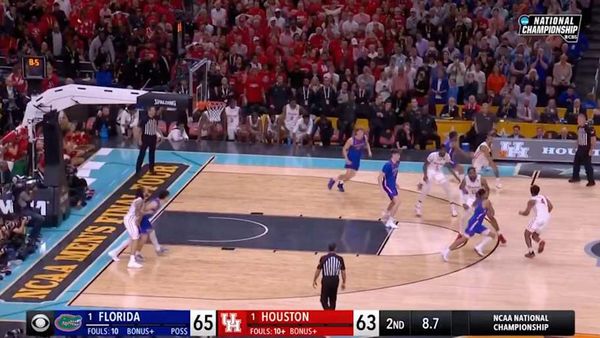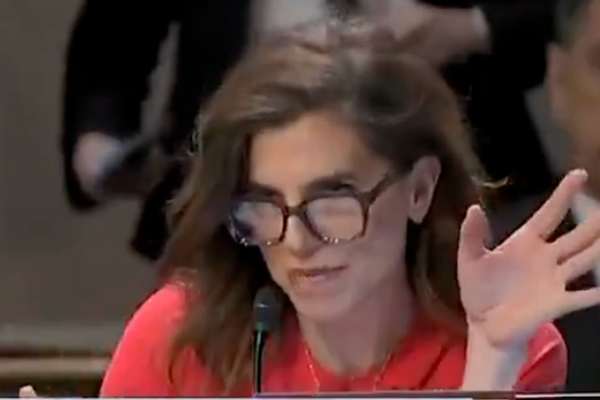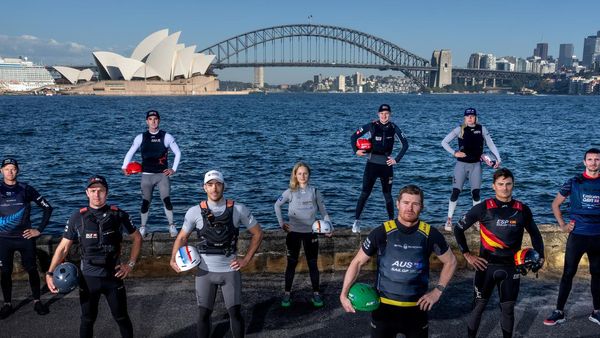
In recent years, the flag adorning Connor O’Leary’s rash-shirt as he competed in World Surf League (WSL) competitions has evolved. Where once the Cronulla-born surfer sported an Australian flag on each shoulder, in 2021 surfing’s governing body gave him permission to wear both an Australian and Japanese flag. Then, last year, the Australian flag disappeared entirely as O’Leary completed his switch.
In interviews, O’Leary often thanks his fans back home in an ocker Australian accent, before switching to fluent Japanese to acknowledge his multinational support base. For O’Leary, the changing flags reflect an evolving willingness to embrace his multi-faceted identity. “I would have loved to have kept both flags,” O’Leary tells Guardian Australia. “But for now it’s all Japanese.”
O’Leary, 30, was born to a Japanese mother, champion surfer Akemi Karasawa, and Australian father. He grew up between two identities, but felt pressured to conform.
“I’m fortunate to be able to live two cultures,” he says. “But I spent most of my childhood putting my Japanese identity behind me. Living in Cronulla as a kid, there wasn’t much culture around – it was very Australian-dominant. Being half-Japanese, I didn’t want to be put in the limelight and be bullied for looking different or doing something different. Being a shy kid, I just wanted to fit in.”
With age and the chance to travel, O’Leary has come to his embrace his dual identity and hopes to be a role model for a next generation of surfers with mixed nationality.
“There weren’t too many multicultural kids in Cronulla. Mum was the only Japanese person we saw in the water when we were surfing. But since speaking out, I’ve had so many people message me saying ‘I’ve been through the same stuff.’ It’s trying to normalise it and give kids the confidence to embrace it.”
An immediate consequence of his switch is that O’Leary is eligible to represent Japan at the Paris Olympics surfing events to be held in Tahiti, French Polynesia. But the surfer says his decision to switch to Japan was motivated by more than just the prospects of Olympic qualification.
“It’s been a conversation, a thought for a long time,” he says. “(But) due to the timing of the Olympics, a lot of people have said: ‘it’s just because he couldn’t get into the Australian team.’ ”
O’Leary hopes he can support the emergence of a new generation of Japanese surf stars who have struggled to break into the WSL despite high-quality surf breaks along Japan’s eastern coast.
O’Leary and Kanoa Igarashi, who grew up in California, are the only Japanese surfers currently on tour. Nor is there a Japan leg of the WSL – although sometimes Japanese waves feature in mid-tier qualifying events.
“I want to see some Japanese surfers on the tour in the next couple of years – there’s so much talent,” O’Leary says. “To be that face on the tour for them, and help the Australian kids as well, what more can you ask for?”
O’Leary has begun the Olympic year in a rich vein of form. The goofy-footer, who was WSL Rookie of the Year back in 2017, reached the semi-final of the season opener at Pipeline in Hawaii, before progressing to the round of 16 at Sunset Beach. The results leave O’Leary fifth in the WSL rankings ahead of the third stop in Portugal. The tour then heads to Australia for events in Victoria and Western Australia.
Pending Olympic qualification, O’Leary will next take on one of the most fearsome waves in the world, Teahupo’o in Tahiti, twice – first for the WSL and then aiming for the gold medal. It is a wave of consequence – a heaving slab over shallow reef, with a frightening drop and deep barrels.
“I don’t really know what to expect, which is really exciting,” says O’Leary, of the second-ever surfing event at the Olympics after its debut at Tokyo 2020. “You do the tour every year and you come into every event having a gauge on what might happen – the Olympics is going to be on a whole other level, a whole new intensity in the water.
“What I’m doing right now is great, world tour standard,” he continues. “I just need to keep my head-down, believing that what I’m doing is the right thing, and not thinking I need to do a lot more just because it’s the Olympics.”
If O’Leary secures a place on the podium in Tahiti in July, it will go down in the medal tally as a medal for Japan. But the dual national says he hopes any Teahupo’o triumph will be special for both countries.
“On stage I’ll be wearing a Japanese flag, but I think everyone who knows me knows I’m doing it for both nations,” he says. “I wish I could do it with half a Japanese flag and half an Australian flag – but I guess it doesn’t work like that.”









